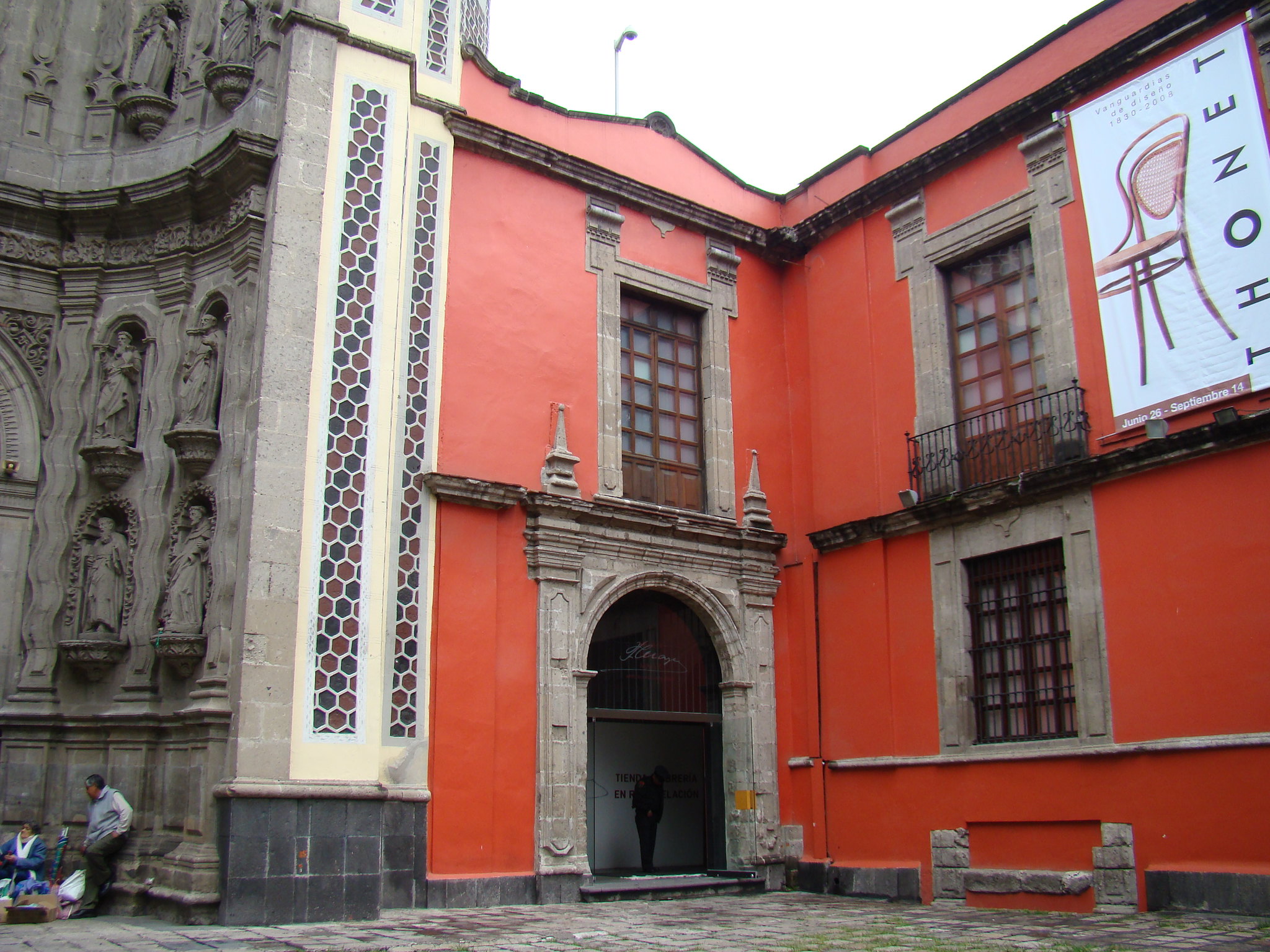
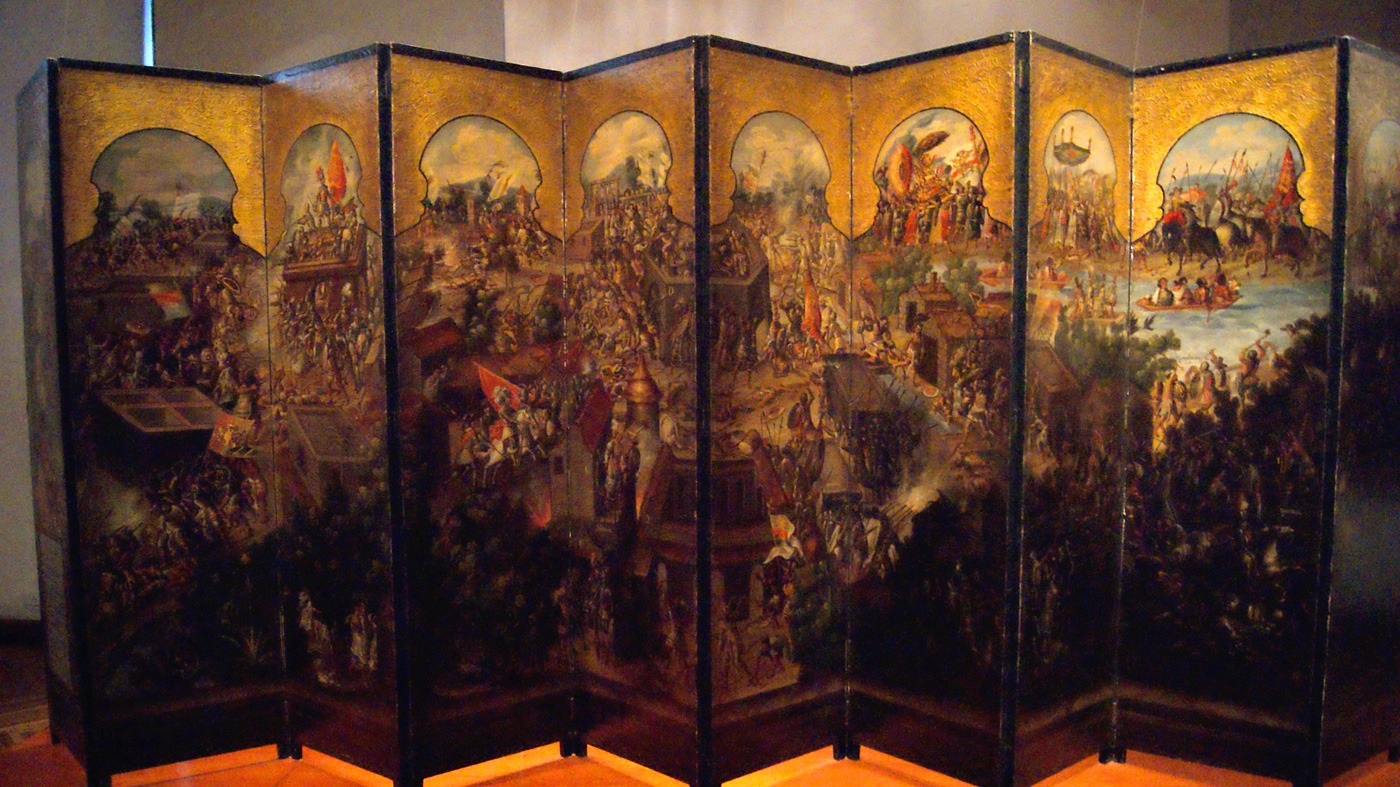
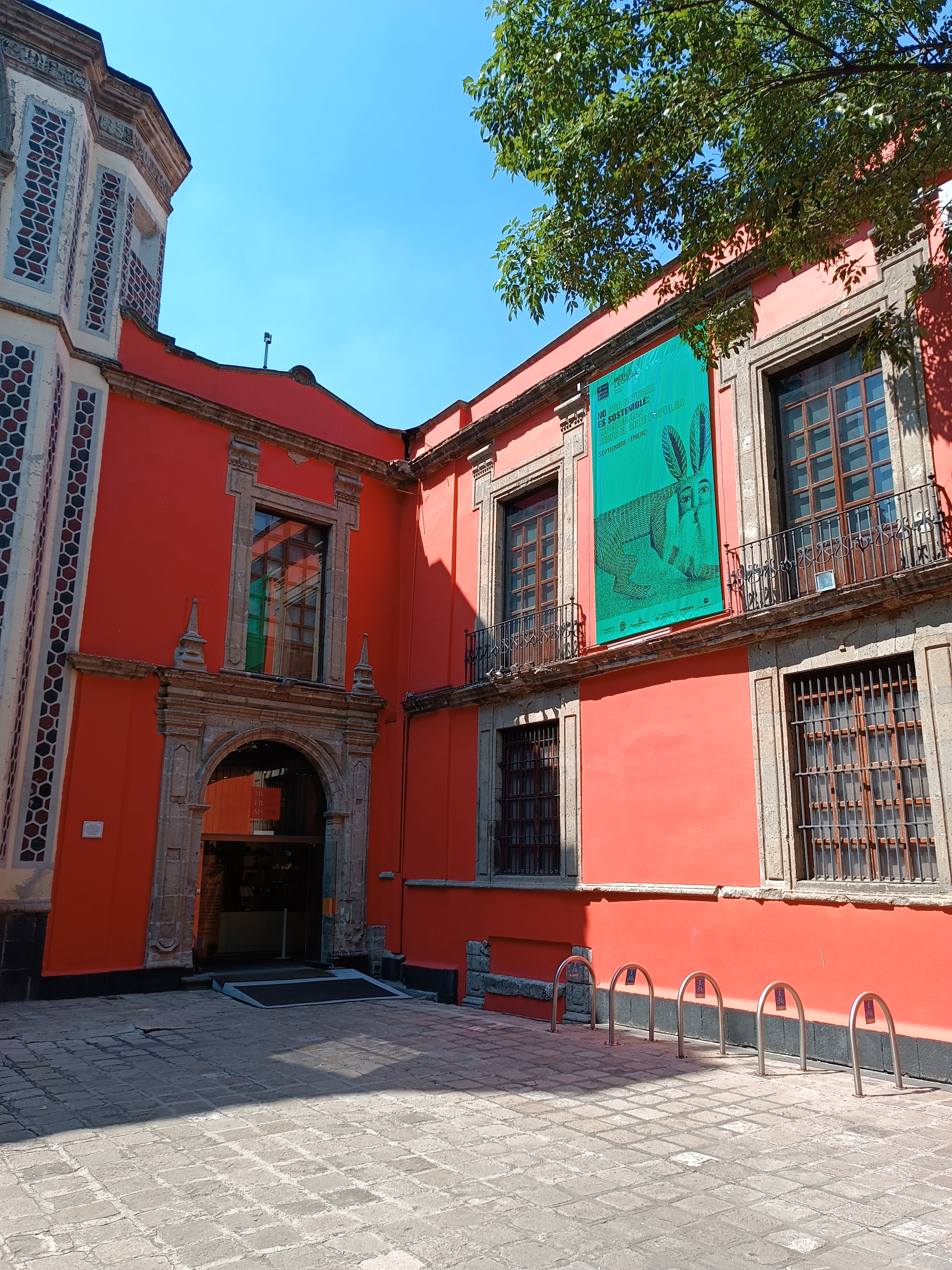
弗朗茨·迈尔博物馆收藏了德国出生的摄影师和慈善家弗朗茨·迈尔的部分收藏,事实上,在这个迷人的地点只能容纳约25%的收藏。圣维拉克鲁斯广场是博物馆和圣维拉克鲁斯教堂以及国立版画博物馆的入口广场。
弗朗茨·迈尔于1905年抵达墨西哥,1923年开始认真有规模的收藏艺术品。1963年,他成立了一家信托基金,负责管理当时庞大的收藏品。如今,成为一座装饰艺术博物馆,临时展览通常包括书籍、平面设计、摄影和工业设计。比迈尔去世11年后,该博物馆直到1986年才开放。自那时以来,它的存在一直对收藏家和这座城市的不懈表达最大敬意。。
永久收藏包括陶瓷、银器、纺织品、家具、雕塑和绘画、羽毛艺术、漆器、象牙、玳瑁、搪瓷和玻璃。作品的时间跨度从16世纪到19世纪。
建筑的历史故事
这座历史悠久的建筑曾是一家磨坊和仓库。1582年,改建为一家医院,经营长达400多年。创始人是一位名叫佩德罗·洛佩兹(Pedro López)的医生,他是墨西哥皇家罗马教宗大学(为现今的墨西哥国立自治大学)的第一位医学博士。
“弱势者医院(Hospital de los Desamparados)”于1604年由圣胡安·德·迪奥斯会修士接管。他们设计了大部分建筑结构的特点。这主要是一座18世纪的建筑群。修道院,也就是今天的大部分博物馆,与圣胡安·迪奥斯教堂相连。然而,所有宗教团体,包括这个医院的修道院,都在1820年迁出。医院的管理权转移到墨西哥城政府。
哈布斯堡的马克西米连曾下令将其作为妓女医院,并专门治疗性病,多年来一直是发挥着重要的作用,并历经不同的名称。于1931年被宣布为历史古迹。
1981年,墨西哥联邦政府将圣胡安·迪奥斯旧医院移交给了弗朗茨·迈尔文化信托基金。经过一年的修复工程,一座历史古迹得以保存,弗朗茨·迈尔博物馆也重新开放了大门。
罗杰里奥-卡萨斯·阿拉特里斯特图书馆
罗杰里奥-卡萨斯·阿拉特里斯特图书馆拥有近22,000册,收藏涵盖15世纪到21世纪的罕见且着名的作品。馆藏涵盖了装饰艺术、设计和墨西哥历史,还包括了一整个部分的《堂·吉诃德》各种版本。包括了18种不同语言,约800本不同版本,全部出版于1905年之前。该图书馆以董事会创始主席的名字命名。
向西行的历史中心观光巴士,停靠在博物馆外的阿维尼达·伊达尔戈(Avenida Hidalgo)上。向东行的观光巴士停靠站位在华雷斯半圆型纪念碑(Hemiciclo a Juárez)的另一侧,横穿中央阿拉梅达(Alameda Central)的另一侧。从一侧到另一侧的步行大约需要五分钟。
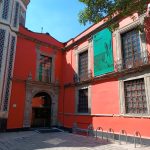 The German businessman and banker Franz Mayer lived in Mexico toward the end of his life. Here he gathered an impressive collection of works of art, artifacts, and utilitarian arts from Europe and America. Genres covered by the collection include: utilitarian arts, sumptuary arts, works of art, plumaria, etc. Upon Mr. Mayer's death, his widow and the Mexican State reached an agreement to exhibit the collection that was kept in a mansion on Paseo de la Reforma. The Franz Mayer Museum was created in 1981 when the building of the former Hospital de San Juan de Dios was handed over for restoration. Today several collections are exhibited in the space, and visitors can admire the hospital spaces maintained by the Order of St. John of God from 1604 to 1815.
The German businessman and banker Franz Mayer lived in Mexico toward the end of his life. Here he gathered an impressive collection of works of art, artifacts, and utilitarian arts from Europe and America. Genres covered by the collection include: utilitarian arts, sumptuary arts, works of art, plumaria, etc. Upon Mr. Mayer's death, his widow and the Mexican State reached an agreement to exhibit the collection that was kept in a mansion on Paseo de la Reforma. The Franz Mayer Museum was created in 1981 when the building of the former Hospital de San Juan de Dios was handed over for restoration. Today several collections are exhibited in the space, and visitors can admire the hospital spaces maintained by the Order of St. John of God from 1604 to 1815.
Heart of México Walking Route: Manuel Tolsá - Santa Veracruz
< < Plaza de Santa Veracruz | Printmaking Museum > >
Proyecto “Corredor de Cultura Digital”.
Nombre de la investigación: Investigación Centro Histórico, Monumentos, Edificios y Puntos de Interés (2023)
Dirección de investigación y diseño de Rutas: Acércate al Centro A.C. Guadalupe Gómez Collada
Coordinación e investigación histórica: Fideicomiso del Centro histórico Dir. Maestra Loredana Montes
 museo@franzmayer.org.mx
museo@franzmayer.org.mx
 +52 (55) 5518 2266
+52 (55) 5518 2266
 http://www.franzmayer.org.mx/
http://www.franzmayer.org.mx/
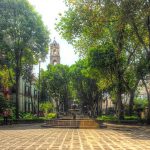
相近 0.02 kms.

相近 0.03 kms.
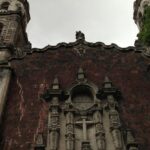
相近 0.07 kms.
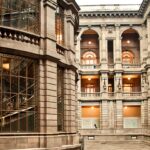
The National Art Museum in Mexico City's Centro Histórico is always going to be a holiday highlight.

One of Mexico City's most beautiful historic squares, it's a meeting place for booklovers and dealers.
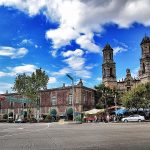
Presiding over Avenida Balderas like a fount of history, the Old Hipolito Church still strikes a somber chord.
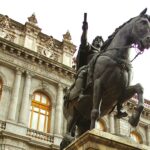
Perhaps more controversial than Sebastián's big yellow replacement, Charles the Fourth is still riding high.
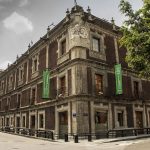
One of the most painstakingly restored 17th century complexes in the City, MIDE tackles a tough subject with style.